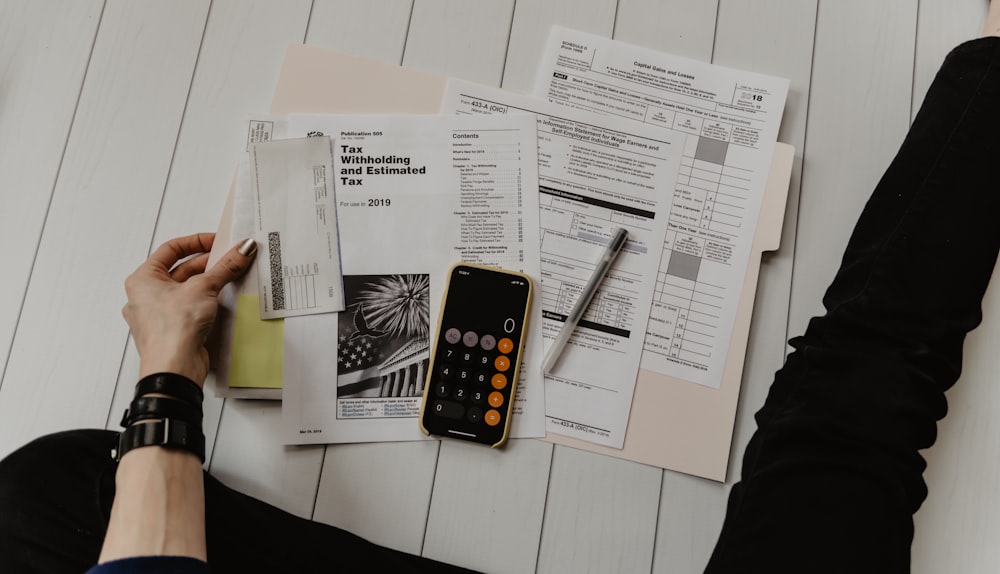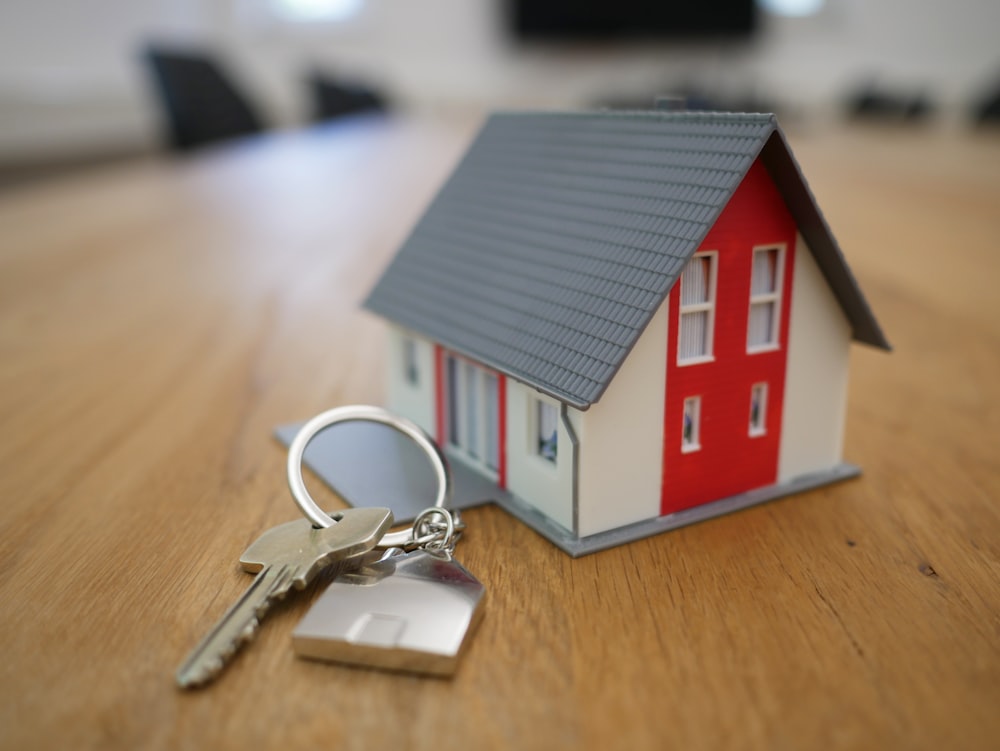Legalizing an unpermitted ADU represents a significant financial decision that can dramatically impact your property's value and income potential. This comprehensive analysis examines all costs associated with ADU legalization, potential returns on investment, and factors that influence profitability to help you make an informed decision.
Understanding the True Cost of ADU Legalization
The cost of legalizing an unpermitted ADU varies significantly based on factors like the current condition of the structure, local jurisdiction requirements, and the scope of work needed to bring it into compliance. Understanding these cost components helps you budget effectively and avoid surprises.
Professional Services Costs
Professional services typically represent 30-40% of total legalization costs and are essential for navigating the complex regulatory landscape:
Engineering and Architectural Services
- Structural Engineer Assessment: $2,000 - $5,000
- Architectural Plans and Drawings: $3,000 - $8,000
- Civil Engineering (if needed): $1,500 - $4,000
- Mechanical/Electrical Engineering: $1,000 - $3,000
Permitting and Administrative Services
- Building Permit Fees: $2,000 - $6,000
- Plan Review Fees: $500 - $2,000
- Inspection Fees: $800 - $1,500
- Expediting Services: $2,000 - $5,000 (optional but recommended)
Physical Improvement Costs
The most variable component of legalization costs involves physical improvements needed to meet code requirements:
Electrical System Upgrades
- Panel Upgrades: $1,500 - $3,000
- Wiring Updates: $2,000 - $8,000
- GFCI and Safety Devices: $500 - $1,500
- Separate Meter Installation: $1,000 - $3,000
Plumbing System Improvements
- Rough Plumbing Updates: $2,000 - $5,000
- Fixture Installations: $1,000 - $3,000
- Water Heater Installation: $1,500 - $3,500
- Sewer Connection Fees: $500 - $2,000
Structural and Building Improvements
- Foundation Work: $3,000 - $15,000
- Framing Modifications: $2,000 - $10,000
- Insulation and Drywall: $2,000 - $6,000
- Windows and Doors: $2,000 - $8,000
Life Safety and Code Compliance
- Smoke and CO Detectors: $300 - $800
- Emergency Egress Improvements: $1,000 - $5,000
- Fire Separation Work: $1,500 - $4,000
- Accessibility Improvements: $500 - $3,000
Total Cost Ranges by ADU Condition
Understanding cost ranges based on your ADU's current condition helps set realistic budget expectations:
Well-Built ADUs with Minor Issues
- Professional Services: $8,000 - $15,000
- Physical Improvements: $5,000 - $15,000
- Total Range: $13,000 - $30,000
Average Condition ADUs
- Professional Services: $10,000 - $18,000
- Physical Improvements: $15,000 - $35,000
- Total Range: $25,000 - $53,000
ADUs Requiring Extensive Work
- Professional Services: $12,000 - $25,000
- Physical Improvements: $30,000 - $75,000
- Total Range: $42,000 - $100,000
Property Value Increase from ADU Legalization
One of the most significant financial benefits of ADU legalization is the increase in property value. Legal ADUs typically add more value than their construction cost, making legalization a profitable investment in most cases.
Factors Affecting Value Increase
Market Location
- High-Demand Urban Areas: $150,000 - $400,000 increase
- Suburban Markets: $75,000 - $200,000 increase
- Rural or Lower-Demand Areas: $40,000 - $100,000 increase
ADU Size and Quality
- Studio/Small 1BR (400-600 sq ft): $100-300 per sq ft value increase
- Large 1BR/Small 2BR (600-800 sq ft): $125-350 per sq ft value increase
- Large 2BR+ (800+ sq ft): $150-400 per sq ft value increase
Comparison: Legal vs. Unpermitted Value
The value difference between legal and unpermitted ADUs is substantial:
- Legal ADUs: Typically valued at 80-100% of comparable independent units
- Unpermitted ADUs: Often valued at only 20-40% of their potential legal value
- Value Premium: Legal status typically adds 40-80% more value than unpermitted status
Rental Income Potential
Legal ADUs can generate significant rental income, providing ongoing returns that often justify legalization costs within 2-5 years.
Market Rental Rates by Region
San Francisco Bay Area
- Studio/Small 1BR: $2,000 - $3,500/month
- Large 1BR: $2,500 - $4,000/month
- 2BR: $3,000 - $5,000/month
Los Angeles Area
- Studio/Small 1BR: $1,500 - $2,800/month
- Large 1BR: $1,800 - $3,200/month
- 2BR: $2,200 - $4,000/month
San Diego
- Studio/Small 1BR: $1,400 - $2,500/month
- Large 1BR: $1,700 - $2,800/month
- 2BR: $2,000 - $3,500/month
Central Valley and Other Areas
- Studio/Small 1BR: $800 - $1,800/month
- Large 1BR: $1,000 - $2,200/month
- 2BR: $1,200 - $2,800/month
Annual Rental Income Potential
Based on market rates, annual rental income typically ranges from:
- High-Demand Markets: $20,000 - $60,000 annually
- Moderate Markets: $15,000 - $35,000 annually
- Lower-Demand Markets: $10,000 - $25,000 annually
Return on Investment Analysis
Calculating ROI helps determine whether ADU legalization makes financial sense for your specific situation. We'll examine multiple ROI scenarios based on different cost and income assumptions.
ROI Calculation Method
ROI for ADU legalization includes both immediate property value increases and ongoing rental income:
Total ROI = (Property Value Increase + Cumulative Rental Income - Legalization Costs) / Legalization Costs
Scenario 1: Moderate Cost, High-Value Market
- Legalization Cost: $35,000
- Property Value Increase: $180,000
- Annual Rental Income: $30,000
- Immediate ROI: 414% (from value increase alone)
- 5-Year Total ROI: 843%
Scenario 2: High Cost, Moderate Market
- Legalization Cost: $65,000
- Property Value Increase: $120,000
- Annual Rental Income: $22,000
- Immediate ROI: 85%
- 5-Year Total ROI: 254%
Scenario 3: Average Cost, Average Market
- Legalization Cost: $45,000
- Property Value Increase: $100,000
- Annual Rental Income: $18,000
- Immediate ROI: 122%
- 5-Year Total ROI: 322%
Break-Even Analysis
Understanding when your legalization investment pays for itself helps with financial planning and decision-making.
Break-Even from Rental Income Alone
Assuming property value increases represent immediate equity gains, rental income break-even periods typically range from:
- High-Rent Markets: 1-3 years
- Moderate-Rent Markets: 2-4 years
- Lower-Rent Markets: 3-6 years
Total Investment Recovery
When including both property value increases and rental income, most ADU legalizations achieve positive ROI immediately due to property value increases exceeding legalization costs.
Tax Implications and Benefits
ADU legalization has several tax implications that affect overall financial returns:
Tax Benefits
- Depreciation Deductions: Ability to depreciate the ADU value over 27.5 years
- Expense Deductions: Maintenance, utilities, and management costs
- Interest Deductions: Mortgage interest on funds used for legalization
- Section 199A Deduction: Potential 20% deduction for rental business income
Tax Considerations
- Rental Income Taxation: Rental income is taxable as ordinary income
- Property Tax Increases: Legal ADUs may increase property tax assessments
- Capital Gains: Future sale may trigger capital gains on ADU appreciation
Financing Options for ADU Legalization
Several financing options can help manage the upfront costs of ADU legalization:
Traditional Financing
- Home Equity Line of Credit (HELOC): 4-8% interest rates, flexible draw periods
- Cash-Out Refinance: 3-7% rates, larger amounts available
- Personal Loans: 6-15% rates, no collateral required
- Credit Cards: 15-25% rates, convenient but expensive
Specialized ADU Financing
- ADU-Specific Loans: Some lenders offer specialized products
- Local Grant Programs: Some jurisdictions offer financial assistance
- Contractor Financing: Some contractors offer payment plans
Risk Factors and Mitigation
Like any investment, ADU legalization involves risks that should be considered in your financial analysis:
Common Risk Factors
- Cost Overruns: Unexpected conditions or requirements
- Market Changes: Rental rates or property values may decline
- Regulatory Changes: New rules may affect ADU operations
- Vacancy Periods: Rental income interruptions
- Maintenance Costs: Ongoing expenses reduce net returns
Risk Mitigation Strategies
- Professional Assessment: Thorough evaluation before starting
- Contingency Budgeting: Add 10-20% buffer for unexpected costs
- Market Research: Understand local rental and sales markets
- Insurance Coverage: Adequate property and liability insurance
- Quality Work: Invest in quality improvements to minimize future issues
Long-Term Financial Planning
ADU legalization should be considered within your broader financial planning context:
Integration with Retirement Planning
- Rental Income: Can supplement retirement income
- Property Appreciation: Builds long-term wealth
- Flexibility: Option to convert to family use later
- Estate Planning: Increases estate value for heirs
Exit Strategy Considerations
- Sale Value: Legal ADUs significantly boost sale prices
- Market Appeal: Legal units attract more buyers
- Financing Options: Buyers can finance properties with legal ADUs
- Investment Conversion: Potential to convert to investment property
Making the Financial Decision
Determining whether ADU legalization makes financial sense requires evaluating your specific circumstances:
Favorable Indicators
- ADU in good structural condition
- Strong local rental market
- Rising property values in your area
- Available financing at reasonable rates
- Long-term ownership plans
- Need for additional income
Caution Indicators
- Extensive structural problems requiring major work
- Weak rental market or declining property values
- Short-term ownership plans
- Limited financial resources for unexpected costs
- Local restrictions that limit rental potential
Professional Financial Analysis
Given the complexity of ADU legalization financial analysis, professional consultation can provide valuable insights:
When to Seek Professional Help
- Complex financial situations requiring detailed analysis
- Significant tax implications
- Multiple financing options to evaluate
- Integration with broader investment strategies
- Uncertainty about market conditions or rental potential
Conclusion
For most California homeowners, ADU legalization represents an excellent financial investment with strong returns from both immediate property value increases and ongoing rental income potential. While upfront costs can be significant, the long-term financial benefits typically far exceed the initial investment.
The key to maximizing returns is careful planning, realistic budgeting, and working with experienced professionals who can help navigate the process efficiently and cost-effectively. Market conditions, ADU condition, and personal financial circumstances all influence the specific returns you can expect.
Most importantly, ADU legalization provides not just financial returns, but also peace of mind, legal compliance, and increased flexibility for your property. When viewed as a long-term investment in your property and financial future, legalization typically proves to be one of the best investments a homeowner can make.
If you're considering ADU legalization, professional consultation can help you understand the specific costs and returns for your situation, ensuring you make an informed decision that aligns with your financial goals and circumstances.



